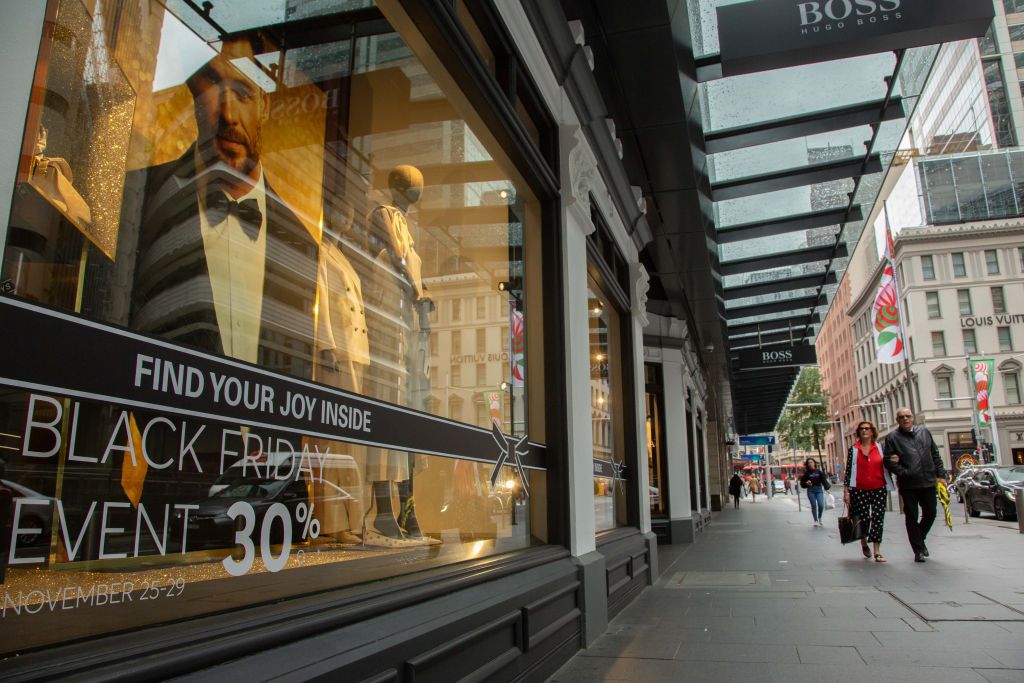Federal Government Cancels Funding On 50 Infrastructure Projects
Projects have been canned in every state and territory except the Northern Territory
The Federal Government has cancelled funding for 50 infrastructure projects across Australia after an independent review of the country’s 10-year $120 billion infrastructure pipeline found the current program was undeliverable.
The Albanese Government announced the review in May as part of its 2023-24 Federal Budget due to concerns that the projects would cost a lot more in today’s inflationary economy. The Federal Government says $120 billion will still be spent over the next decade but the number of projects in the Infrastructure Investment Program (IIF) is now unrealistic, and many lack overall merit.
The review’s authors, Reece Waldock AM, Clare Gardiner-Barnes and Mr Mike Mrdak AO, who all have extensive expertise in land transport infrastructure, were scathing in their assessment of funding allocations. They wrote: “There are projects in the IIP that do not demonstrate merit, lack any national strategic rationale and do not meet the Australian Government’s national investment priorities. In many cases these projects are also at high risk of further cost pressures and/or delays. A number of projects were allocated a commitment of Australian Government funding too early in their planning process and before detailed planning and credible design and costing were undertaken.”
In a statement, Infrastructure and Transport Minister Catherine King accused the previous government of “economic vandalism” and committing spending that was focused on electoral rather than national benefit. She said the number of projects listed under the IIF had ballooned from approximately 150 in 2012-13 to nearly 800 by 2022.
Ms King said: “The review has found an estimated $33 billion in nine cost pressures across all projects in the program with a high risk that that figure would increase, and for those not currently under construction that figure, the report says, is around $14.2 billion.”
The review recommended that 82 projects not yet under construction should be cancelled with their allocated funding shifted to other projects. The government has taken the axe to 50, with 31 combined into other projects or ‘corridors’ of infrastructure works.
Cancelled projects
NSW & ACT
Commuter car park upgrades at Kingswood, St Marys and Woy Woy; the M7-M12 Interchange; the Northern NSW Inland Port at Narrabri; the Southern Connector Road at Jindabyne; and the Inner Canberra corridor planning package.
VIC
The Frankston to Baxter rail upgrade; the Geelong Fast Rail; stage 1 of the Goulburn Valley Highway to Shepparton bypass; and the Mornington Peninsula Freeway upgrade.
TAS
The Old Surrey Road/Massy-Greene Drive upgrade.
SA
The Hahndorf Township improvements and access upgrade; the Old Belair Road upgrade at Mitcham; and the Truro Bypass.
WA
The Great Southern Secondary Freight Network; the Marble Bar Road upgrade; the Moorine Rock to Mt Holland road upgrades; and stages 1 and 2 of the Pinjarra Heavy Haulage Deviation.
QLD
Commuter car parks at Beenleigh and Loganlea; the Kenmore roundabout upgrade; the Mooloolaba River Interchange upgrade; and the New England Highway upgrade at Cabarlah.
Ms King also announced that the Federal Government would seek to provide 50:50 funding with the states and territories on future projects, rather than the 100% or 80:20 default arrangements in place now. She said this would ensure shared accountability and end “the perverse incentives that saw the Federal Coalition throw money at projects that states did not want to build”.
The overhaul of the IIP follows formal advice from the International Monetary Fund last month that the Australian Government should reduce public project spending to help ease inflation. Infrastructure projects add demand to the economy in terms of labour and materials, which conflicts with the Reserve Bank’s goal of tamping down demand to reduce inflation. The RBA says inflation is still too high and not going down fast enough, which is why it raised the cash rate again this month.
The IMF said: “The Commonwealth Government and state and territory governments should implement public investment projects at a more measured and coordinated pace, given supply constraints, to alleviate inflationary pressures and support the RBA’s disinflation efforts. Otherwise, interest rates would have to be even higher, putting the burden of adjustment disproportionately on mortgage holders.”
Last week, US inflation data came in much lower, which could mean the end to rate hikes in the world’s biggest economy. Headline inflation fell to 3.2% for the year to October, down from 3.7% over the previous two months. Core inflation, which excludes volatile items like energy, fell to 4%, which is its lowest level in two years.
This stylish family home combines a classic palette and finishes with a flexible floorplan
Just 55 minutes from Sydney, make this your creative getaway located in the majestic Hawkesbury region.
Companies are leasing premium office space to entice workers back, but employees in one major capital are holding out
The post-COVID return to CBD offices continues across Australia, with the average office occupancy rate climbing to 76 percent of pre-pandemic levels in the first quarter of 2024, according to new CBRE figures. Workers are gradually responding to their employers’ requests to attend their offices more regularly to enable greater collaboration with workmates. The occupancy rate has risen from 70 percent in the December quarter and 67 percent 12 months ago.
Occupancy rates improved across all capital cities during the March quarter, with Perth and Adelaide maintaining the strongest rates of 93 percent and 88 percent respectively. CBRE analysis suggests shorter commuting times and less structured working-from-home arrangements in these cities have contributed to higher rates of return. Brisbane’s occupancy rate is 86 percent of pre-COVID levels, weighed down by a slower return within the public sector, which represents 35 percent of the city’s office space. This same trend is being seen in Canberra, where the occupancy rate is just 66 percent.
In Sydney, the occupancy rate has risen to 77 percent, largely due to major banks and professional services firms pushing for more staff to return to the office this year. There has been a significant increase in workers returning to offices in Melbourne, with the occupancy rate up from 57 percent last quarter to 62 percent now. However, this is still the lowest attendance rate in the capital cities.
Businesses are increasingly pushing workers to return to the office because they are concerned working from home over multiple years will have a negative long-term impact on company-wide productivity. Part of the problem is new employees not having regular access to senior staff so they can learn and work more effectively and productively. CBRE says lower levels of collaboration and interaction reduce innovation, which is a particular concern for technology firms. They were quick to embrace remote working during COVID, but are now seeing dampened creativity among staff.
Tuesday is the peak day for attendance at CBD offices and Friday is the lowest day. Two-thirds of organisations that have moved their corporate headquarters since COVID have chosen to upgrade to premium office buildings, according to CBRE’s research. Premium blocks typically feature retail, restaurants, and recreational amenities on the ground floor, and command a higher rent. Companies are deciding it’s worth the cost to entice workers backand keep them feeling happy and engaged.
Jenny Liu, Director of Workplace Consulting at CBRE, said a vibrant workplace experience is essential.
“A workplace experience isn’t just environment, cool furniture and tech anymore,” she said. “It’s the culture, ways of working, leadership, and how vibrancy is created.”
Some companies are using apps that inform staff who will be in the office tomorrow. CBRE Research Manager Thomas Biglands said:
“It’s important that you achieve a critical mass of visitation so that employees come in and feel as though the office is vibrant and full,” he said.
Some firms are linking salary and promotions to office attendance to reward those workers providing higher contributions to corporate culture and mentoring younger staff.
The rate of return to offices in Australia is much higher than in the United States, where occupancy rates have remained at about 50 percent over the past year. CBRE analysis suggests this may be due to better public transport, shorter commutes and lower inner-city crime rates in Australia.
Just 55 minutes from Sydney, make this your creative getaway located in the majestic Hawkesbury region.
This stylish family home combines a classic palette and finishes with a flexible floorplan


















